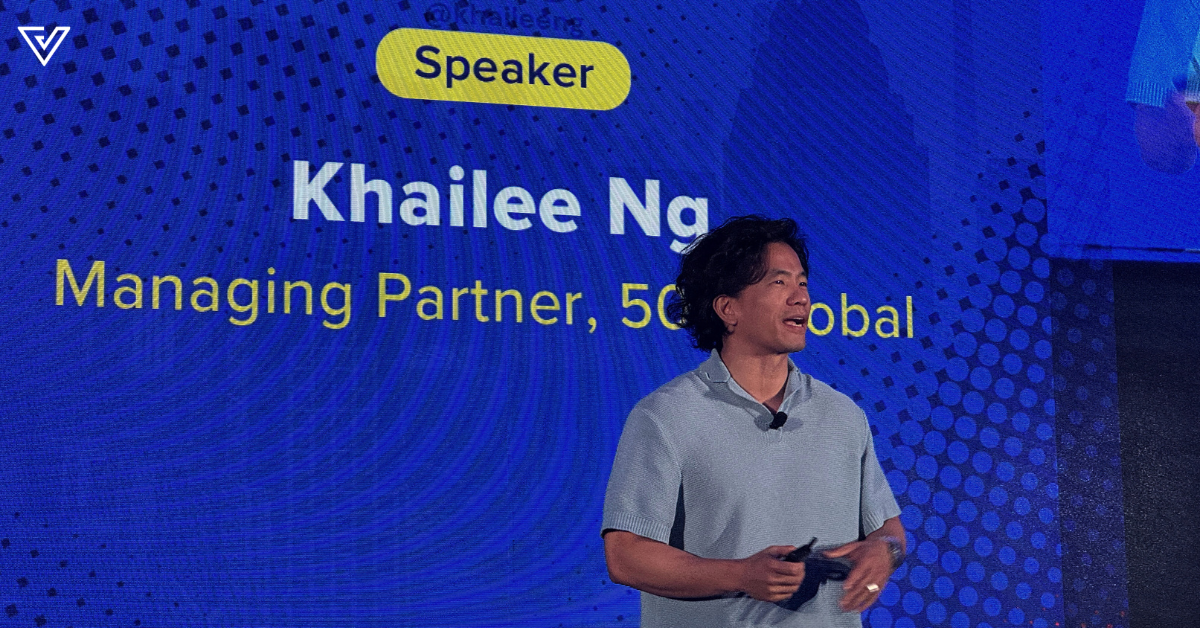[Written in partnership with Huobi, but the editorial team had full control over the content.]
2021 was a big year for the crypto industry as a number of advancements caused cryptocurrencies and blockchain technology to grow in popularity.
Of those, a few to highlight are NFTs being sold for millions of dollars, the adoption of CBDC, Bitcoin being recognised as legal tender, and Play-to-Earn (P2E) games.
But how exactly do these developments affect the blockchain industry and what can we expect from 2022?
1. CBDC saw more widespread adoption

2021 marks the year when CBDC (Central Bank Digital Currency) was being adopted by more countries including China, Sweden, and the Bahamas.
A CBDC like e-CNY or e-krona is a digital currency that utilises blockchain frameworks to validate transactions.
There is no involvement of physical coins or banknotes. However, unlike cryptocurrencies, CBDCs are issued by the central bank and are universally accessible.
As of now, there are two types of CBDCs being proposed. First is the Retail Central Bank Digital Currency, which is based on the distributed ledger technology that’s traceable, constantly available, and can be used to implement interest rates.
Another is Wholesale CBDC, which, similar to holding reserves in a bank, serves as a buffer, especially in times of economic uncertainty. The reserves can use monetary policy to influence lending and set interest rates too.
It also serves other functions like protecting the user’s privacy, anti-counterfeit through the utilisation of blockchain technology, and enhancing account settlements between the bank and account owner.
We can expect more countries to adopt CBDCs soon as they address issues like liquidity risks, improve cross-border transactions, and boost financial inclusion amongst the general public.
2. NFTs going mainstream and becoming more accessible
NFTs (non-fungible tokens) also saw a surge in popularity last year.
A big example was the collection of digital art by Mike Winkelmann called “the Everydays: The First 5000 Days”, that sold for US$69.3 million on Christie’s, a leading global auction house.

Another was a crypto project called CryptoPunks, where 10,000 unique collectable characters were sold.
Of those, CryptoPunks #3100 was most highly sought after, selling for 4,200 ETH, equivalent to about US$7.58 million, the highest price for a single NFT at that time.
In the span of a year, even household name brands like Nike and Adidas have joined the movement with sneakers and streetwear bundled with NFTs.
Not to mention, there’s the growing global phenomenon of smaller brands launching their own NFTs too.
They’re jumping onto the NFT bandwagon for benefits such as increasing brand awareness, encouraging follower interaction, and creating new brand experiences.
NFTs are also crucial for when the metaverse rolls around as they’re equipped with unique identifiers and proof of ownership.
This year, it would come as no surprise if even more everyday consumer products become inseparable from NFTs, lowering the barriers to entry for even those unfamiliar with blockchain or crypto to own an NFT.
3. Leaps in technologies that bring the metaverse closer to reality
The metaverse is a virtual world that lives on the internet, where users can interact with the digital world via virtual reality headsets from Oculus, Valve, HTC, and more.
One notable instance of a metaverse that’s currently in development is from Facebook. Facebook rebranded to Meta around October 2021 as they shifted their focus more towards developing the metaverse.
The growing popularity of NFTs is even more incentive for metaverse development.

For one, metaverses will allow collectors to display NFTs like an art piece. Some other ambitions for NFTs in the metaverse are for them to represent assets such as clothes, property, and more, which users can interact with accordingly.
As demonstrated by Microsoft with the HoloLens 2 and Mesh, the metaverse can also serve as a place for enhanced productivity and collaboration.
While we might see more demos of the metaverse from companies like Meta, Microsoft, and Vive in the coming months, there is no official information on when this technology will be available for the mass market.
For now, notable use cases appear limited to enterprises such as manufacturers and construction companies. With increased adoption in 2022, this technology could become more affordable and accessible to mass consumers.
4. Widespread adoption of P2E blockchain games
P2E blockchain games also picked up steam last year. One of them was Axie Infinity, which only became popular in 2021, though it was initially released in 2018.
Since then, blockchain games like Splinterlands, The Sandbox, and more, started to grow in popularity as well.
However, one major issue with blockchain games was that the barrier to entry was steep because of the high initial investment required, which could turn away newer players.

For example, in order to play Axie Infinity, you need at least 3 Axies, which could cost somewhere around US$1,000.
But this is where guilds come to play an important role in most blockchain games, especially on Axie Infinity.
With guilds, new players could instead apply for an Axie Scholarship that lets them use Axies owned by other players (referred to as managers) to start. By doing so, new players will not have to fork up money upfront, plus, they get resources to increase their chances of winning and progressing.
Meanwhile, managers receive a cut for lending their Axie to the scholars, presenting a win-win situation for both parties.
Following in the footsteps of Axie Infinity’s model, we could see more blockchain games with guilds crop up this year, benefiting those living in countries with lower incomes or weaker currencies.
Furthermore, encouraging the creation of guilds strengthens the game’s community, which is an important aspect of any game’s longevity.
5. Bitcoin recognised as legal tender in El Salvador
El Salvador became the first sovereign nation to recognise Bitcoin as legal tender last year, enabling its usage for paying debts and financial obligations like tax payments.

It does beg the question though: why did El Salvador adopt Bitcoin as legal tender?
The main benefit of Bitcoin is that transactions can be done relatively cheaply and fast across borders which does not require the involvement of banks, reducing the wire transfer cost from Salvadorans overseas trying to send money back to their families. It also attracts foreign investors to bolster the nation’s economy.
By using Chivo Wallet, a digital wallet that’s officially sponsored by the El Salvadoran government, citizens who create an account for the first time will receive US$30 worth of Bitcoins.
This is to encourage the use of Bitcoin to purchase day-to-day amenities and even meals from McDonald’s, Starbucks, or Pizza Hut.
As El Salvador leads the way in terms of mass market Bitcoin adoption, it could be a case study that convinces more countries to adopt cryptocurrencies as legal tender in 2022.
-//-
Everything mentioned above are just some of the notable developments that took place in 2021.
As we’re only a quarter into 2022 and blockchain is still a relatively new technology, there is plenty of wiggle room for more revolutionary concepts and ideas to pop up.
As Huobi’s research states, blockchain will no longer remain a niche as the advancements from last year have brought the technology into the limelight.
Beyond mainstream attention, enthusiasts are confident that 2022 is the year that blockchain technologies, and by extension, cryptocurrencies, will experience mainstream adoption.
Featured Image Credit: Unsplash/Axie Infinity









